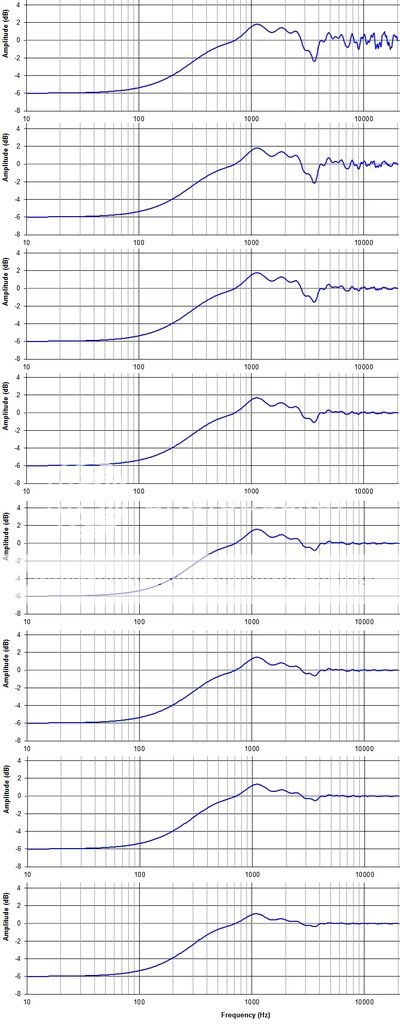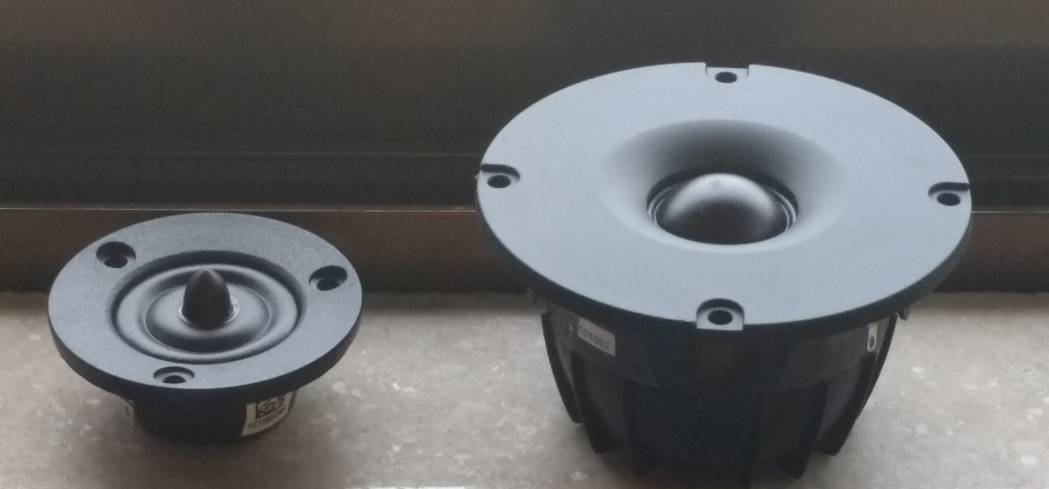Yes, the acid test. And then, if you don't hear any difference, you feel embarrassed to admit it to your audiophile friends. Or if the tweak challenges your basic understanding of laws of physics, you feel embarrassed to ask, "But how exactly does it work??". Been there, done that. So I just go away and try to build some speakers. [emoji5]That's not to say what the designer decides is important is "right"! It may be important to the designer but what good is it unless it sounds better.
This is not to say that felt on the front baffle defies laws of physics: it's in fact a well documented and well understood measure to tackle some classes of tweeter problems.




